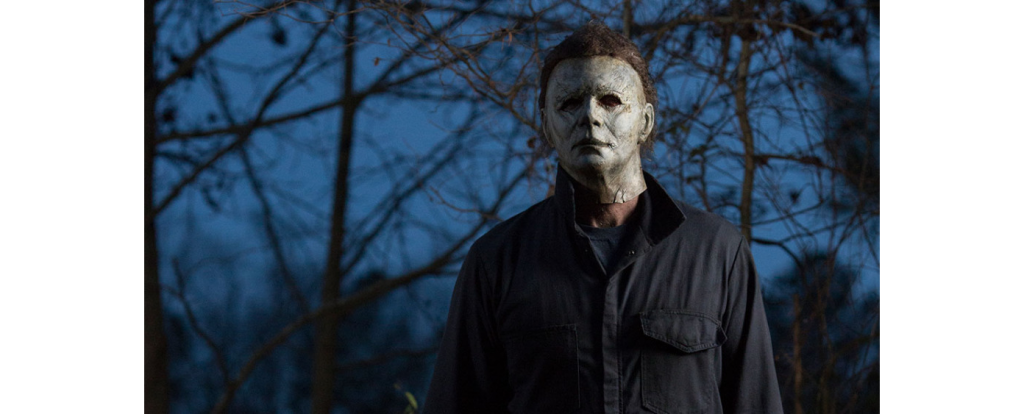
MOVIE REVIEW: Halloween (2018)
Looking back at the long ancestry of American horror movies, it’s clear that things have changed: the classic “final girl” storyline is less common, and movies that would have been relegated to “cult favorite” status (or never made in the first place) are being heralded as the best horror movies of the decade. So after an impressive year of movies like A Quiet Place and Hereditary, both prime examples of modern-minded horror, the Halloween continuation is certainly a change of pace. But while it does occasionally struggle to find its place in the modern horror menagerie, Halloween has clearly grown up.

It’s obvious that in the 40 years since the first installment, the classic slasher movie set-up is harder to justify; the audience has grown tired of watching protagonists make obviously dumb decisions while saying things like “I’m sure it’s just the wind.” 2018 is a different world for Halloween, a world of cell phones, true crime podcasts, and city instated trick-or-treat curfews. But while the movie clearly attempts to reconcile these changes, it fumbles at times. The opening scene in the sanitarium feels more like an unnecessarily grotesque “spooky asylum” section of a haunted house than a hospital in a world that is otherwise at least partially grounded in reality. And yes, two of the protagonists are true crime podcasters, but it would be absolutely shocking if Phoebe Judge or Sarah Koenig partook in as much victim blaming and apathetic behavior as the two “award winning” investigative journalists in Halloween.
But the less-satisfying pieces of Halloween are only a backdrop for the story of Laurie Strode (Jamie Lee Curtis). When we are reintroduced to Laurie, she is as much of a perfectly paranoid doomsday-prepper as you’d expect the surviving victim of a psychopathic serial killer to be. She has spent her life both preparing for the inhumanly capable Michael Myers (Nick Castle) to inevitably escape incarceration, and teaching her daughter Karen (Judy Greer) about the horrors of the outside world. She is agoraphobic, but she hasn’t let her fear make her fragile or incapable. Laurie’s story certainly had the potential to morph into the tone-deaf “my trauma made me stronger” trope, but instead, she owns her “final girl” past. She was one of many slasher movie protagonists terrorized for no reason other than her status as a teenage girl, and then saved by someone else. But this new movie is Laurie’s story, not Michael’s. This time, she survives because she is smart, not because someone else shows up to pull the trigger.

Despite its few hiccups, Halloween proves that outdated horror subgenres can be brought into a modern context. It shows that slashers don’t have to rely on punishing the “immorality” of youth. Instead, they can empower their characters. They can show us that we are not always powerless in the face of evil, and that protagonists can be heroes rather than just victims. By the end of Halloween, Laurie has broken free from her fear, and the movie has broken free from the confines of tired trope-driven slashers.
